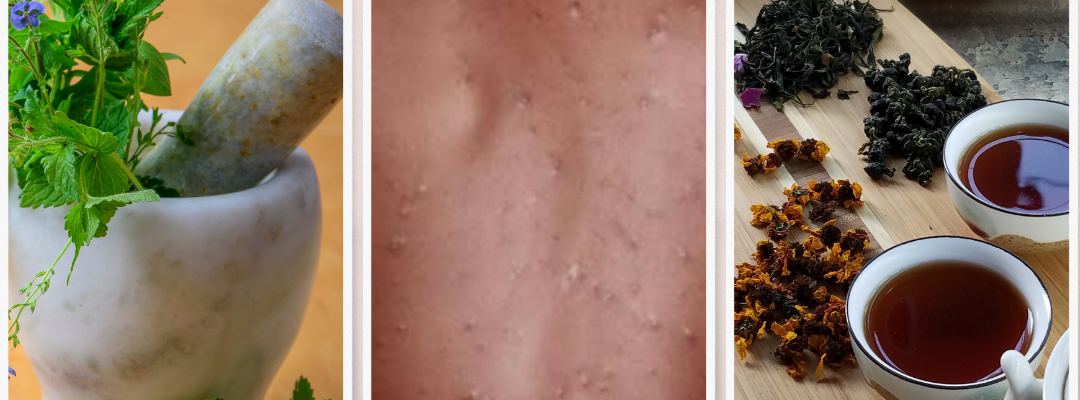
Plants-effective Treatment for Chickenpox
Plants-effective treatment for chicken pox is widely sought-after as there are various plants used for home-made recipes for the treatment of chickenpox. I have carried out ethnobotanical survey as regards the plants used for the treatment of chicken pox in some local communities of South-West Nigeria. As much as there are over 100 species of plants that may serve as cure to chickenpox, in this article, we will be discussing a few plants that are easily accessible to us in our environment.
Chickenpox, also known as Varicella, is an acute contagious infection caused by Varicella-zoster virus. Chickenpox mainly affects kids, although adults can it get too. Persons who have chickenpox experience an itchy blister-like rash on their skin. There is a popular belief that everyone, at one point or the other is at risk of getting infected since it is highly contagious. Therefore, it is best to get vaccinated at an early age.

There are five main symptoms of chickenpox, so if you have a child experiencing these symptoms at the same time, you can hurriedly start the herbal treatment in order to stop the pox from spreading, killing it before it ‘explodes’. These chickenpox symptoms are: tiredness, loss of appetite, fever, headache and itchy feeling. Plants effective against chickenpox help in reducing these symptoms. Therefore, the best time for the treatment of chickenpox is at the early stage when the symptoms are mild.
Before we have a look at plants-effective treatment for chickenpox, I want to put out a DISCLAIMER. This article is a result of an ethnobotanical survey which was carried out in some rural areas in Nigeria. Natives of these areas therefore shared such information with me as their means of traditional/herbal medicine, most of which were passed down from older generations. Various plants used for chickenpox will be stated below, of which some have a usage description of drinking. Despite the fact that these plants were said to be highly effective in the treatment of chickenpox, I do not encourage you to boil and drink any plants part as pharmaceutical research on the active ingredients to determine their appropriate dosage levels need to be carried out. I therefore strongly encourage you to only try out plants used directly on the skin. Are we good? LET’S GO!!!!!!!
Dyschoriste perrottetii
Boswellia dalzielii is a tree with a height of about 13m. This plant is a native of Africa andf it found in the northern part of Nigeria, Northern Ivory Coast and Cameroon. Hausa people refer to it as Hano or Harrabi. This plant is very popular among the locals as a potent source of ethnomedicine. The tree is a source of fragrant resin – which repels insects and may also be used as an incense and for medicinal purposes. As a plant-effective treatment for chickenpox, the roots are soaked in water and drunk.
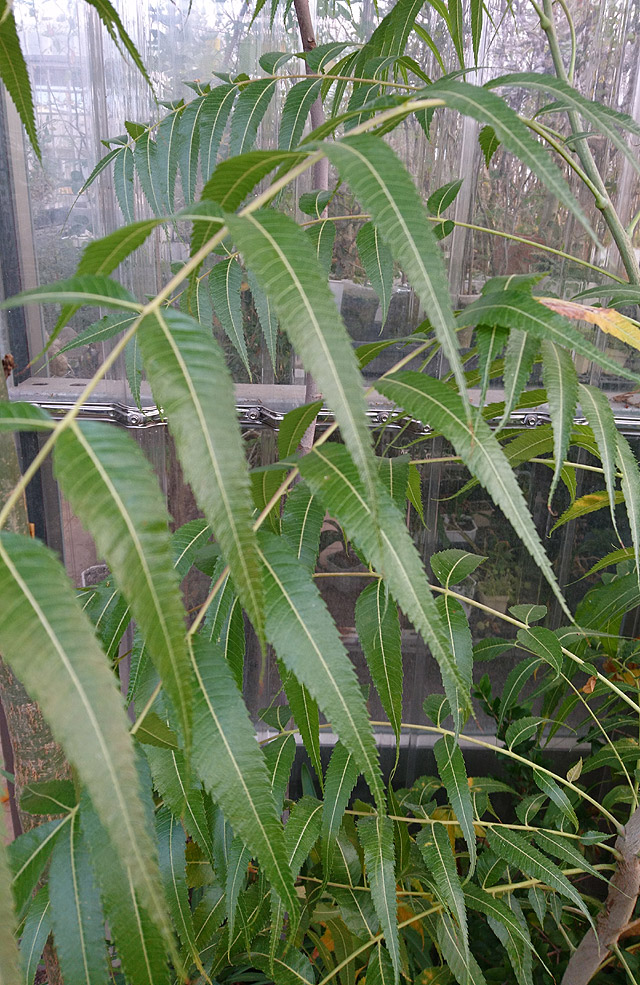
Musa sapientum
I’m sure we are all familiar with the fruit ‘Banana’. It would excite you to know that Banana leaves are used by indigenous people for treating chickenpox. Musa sapientum is a cultivar hybrid of Musa spp. This plant is a tropical plant that is native to India. It is a herbaceous perennial plant with a height of 5-9m. In Nigeria, the Yorubas call it ‘Ogede Agbagba’ while the Igbos called it ‘Ogadejioke’ and the Hausas call it ‘Ayaba‘. In the treatment of chickenpox, the leaves are cooked and drunk. The indigenous people of South-West Nigeria believe that the consumption of a decoction – drinking of boiled banana leaves, on a regular basis can kill bacteria in the skin, making skin always healthy and smooth.

Butyropermum paradoxum
This is commonly known as the Shea tree which Shea butter is gotten from. Its common names include: Shea butter tree, Vitellaria paradoxa, karate, Kadanya and lulu. Butyrospermum paradoxum is indigenous to Africa. It is a deciduous tree with a height of (7-15)m and a trunk diameter of 2m. For treatment against chickenpox, the leaves are cooked and drunk.
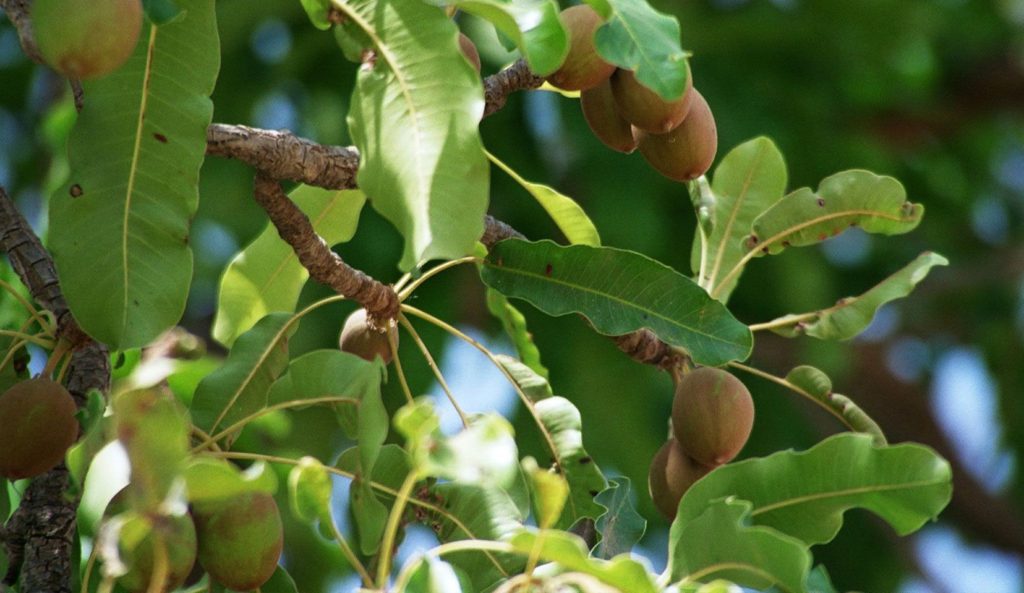
Detarium Senegalense
Detarium senegalense is a medium-sized leguminous tree that may grow up to 40 m tall and produces globular fruits with dark green drupe which has fibrous pulp and a single seed. Its common names include: Ditax, Ditakh, Detar, and Tallow tree. Detarium spp. is popularly known to be a source of quality timber. As one of the plants-effective treatment for chickenpox, the tree’s bark is soaked in water and drunk.
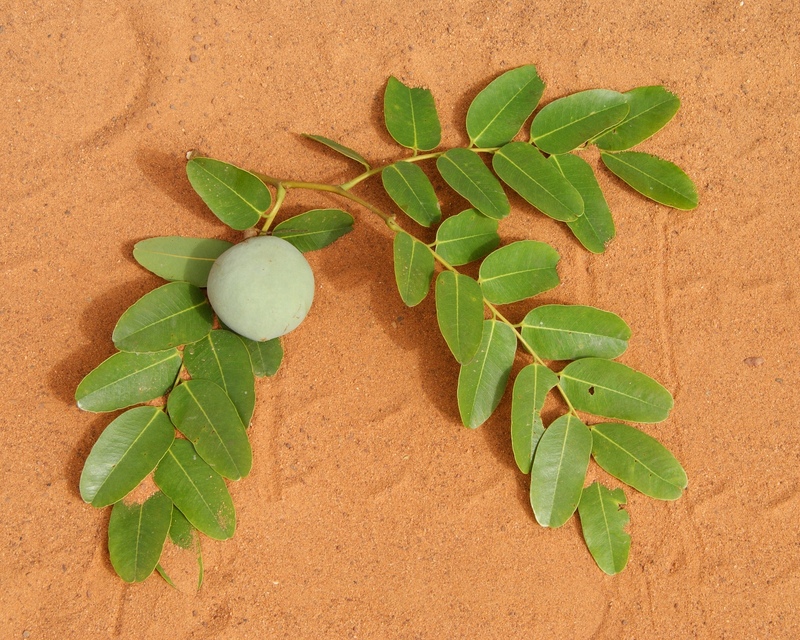
Annona senegalensis
This plant is a shrub with a height range of 1–2 m. Its leaves are large, oval, and entire and are fragrant when crushed. Annona senegalensis is commonly called ‘Widl Custard-apple’ also has yellow flowers which are waxy, very fragrant and closely petalled. The fruit are solid, pulpy and orange at maturity. it smells like a pineapple and has a sweet taste. For the treatment of chickenpox, Annona senegalensis leaves are crushed (without adding water) and applied directly on the rashes.
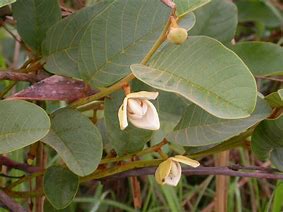
Ocimum basilicum
Ocimum basilicum is a native of Africa and Asia. it is commonly known as ‘ Sweet Basil’. The Yoruba people of Nigeria call it ‘Efirin’, It is known to grow in full sun and moist well-drained soils. As a plant-wffwctive treatemnt foe chickenpox, the leaves of sweet basil can be cook and drunk.
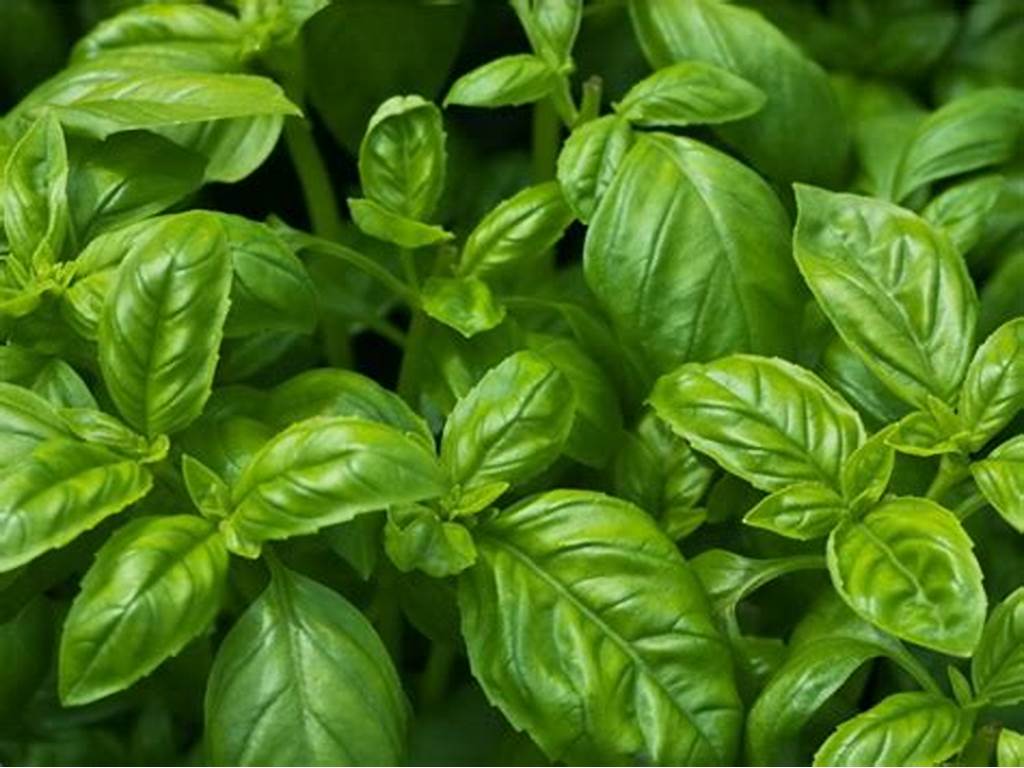
The list of plants effective in the treatment of chickenpox is a really long one. however, I will be stopping here today. During the process of plant collection, kindly ensure the plant gotten is the exact plant needed and not something similar. I sure hope you enjoyed this post. You may drop your questions and comments in the space provided below. SEE YOU NEXT TIME!!!


